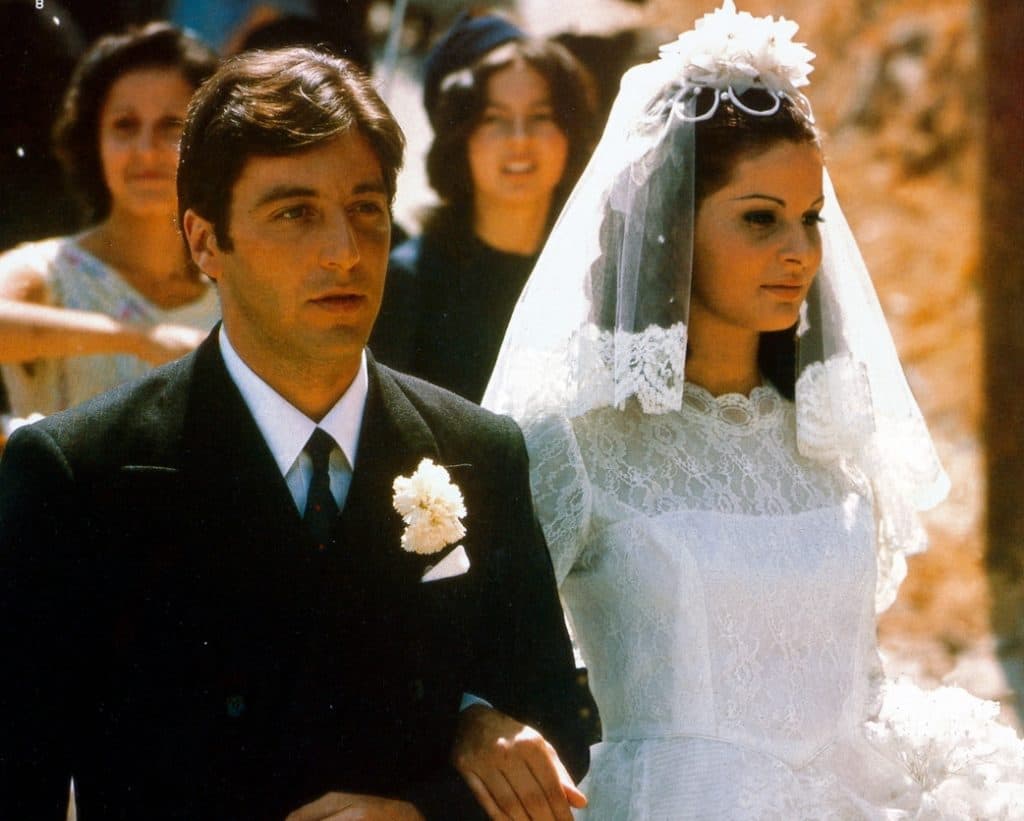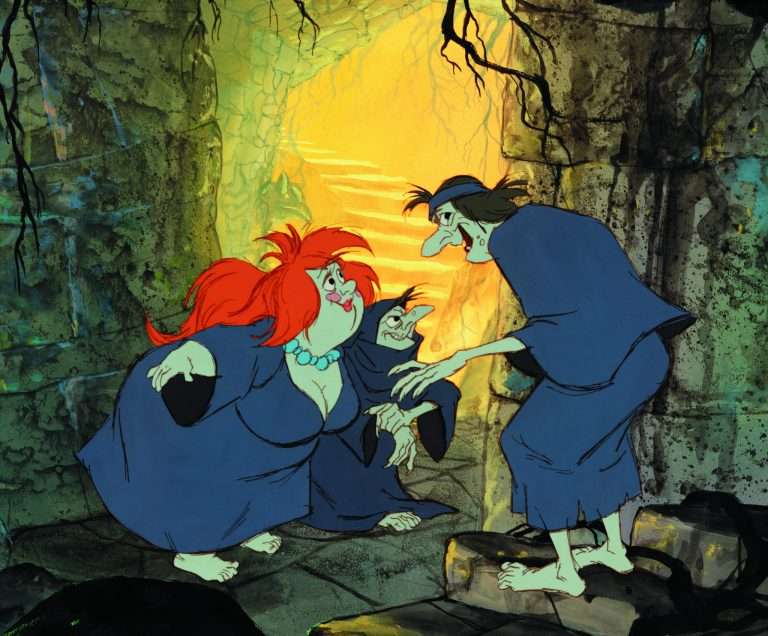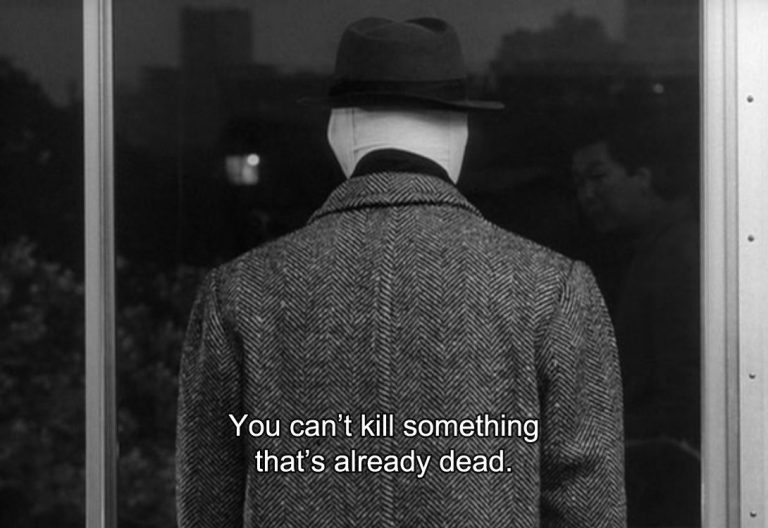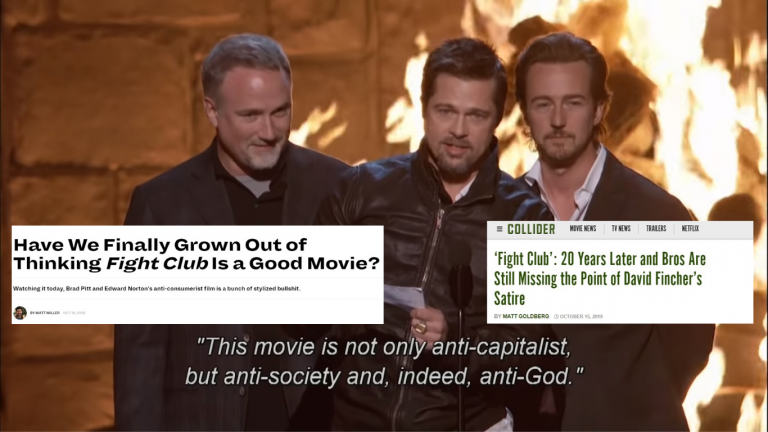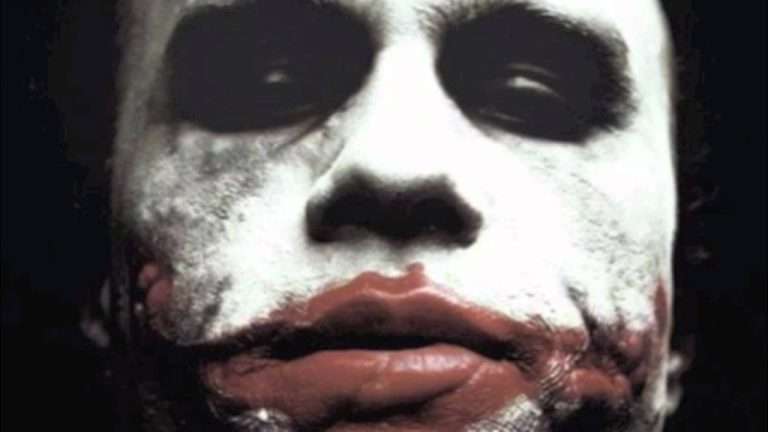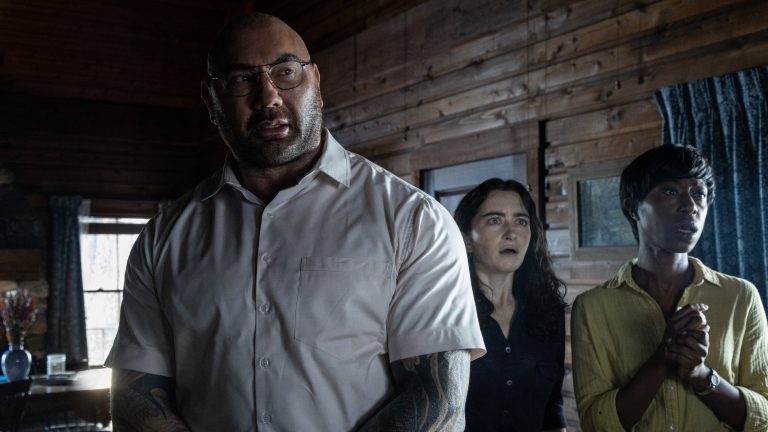“I believe in America”.
These iconic words, uttered by the Italian undertaker Amerigo Bonasera, mark the dramatic opening shot of Francis Ford Coppola’s first film of The Godfather trilogy. An adaptation of Mario Puzo’s critically acclaimed crime novel, The Godfather (1969), this scene epitomizes the clash between the immigrant’s original, unfettered belief in the new host country, and the reality of their experiences in that country. Also the first words in Puzo’s novel, Amerigo Bonasera literally means “Good Evening America”, a signifier of the symbolic nightfall of the American empire. One cannot help but remember the Italian explorer Amerigo Vespucci, whose name was feminized by Martin Waldseemüller in 1507 to provide the American continent with its name – The Godfather introduces characters who work to establish a re-masculinised America by revealing the inherent irony in Bonasera’s opening lines. What I intend to examine, is the dialectical notions of revenge, justice, masculinity, and morality present in Puzo’s America of the 1940’s -embodied in the form of a power-struggle between the host culture (America), and the Italian immigrant culture gaining predominance at the core of the American mafia, as represented by the Corleone family. Using the novel and the three Godfather movies (out of which the screenplay of the first two were written by Puzo himself), I also intend to trace and look into the fractured expressions of diasporic social positions that the Corleones find themselves in, infected by feelings of longing, alienation and loss which are never fully comprehensible.
An unforgettable saga on organized crime, The Godfather is the prime representation of the gangster genre, which manifests “a new mythology of crime” (Cawelti 326). The 1970’s symbol of the ‘gangster’ proved to be a catalyst in the alteration of the notion of the Italian-American male – a figure, according to Fred L.Gardaphe, who embodies traits otherwise stifled by dominant culture. This transformation helps to proffer an insight into “the past, present, and future of U.S culture, providing a road map for the directions taken by variants of masculinity in America”. If we further examine the scene between Don Vito Corleone and Bonasera, the latter repents his love for America, exposing the underbelly of the American Dream, which is tainted by ruthlessness. America fails to provide justice for his daughter who gets raped by two American men, as their sentences get suspended on the very day of the trial. America is a land of opportunities only for the pezzonovante or the “.90 calibers”; powerless Italian immigrants like Bonasera are exempted from the system of “equality and justice for all”.
There are two Americas present in the world of The Godfather- one, which is embodied by capitalist economy and the institutional hegemony of the pezzonovante, and two, by the private world of New York’s Five Families through the means of heritage, blood, family and ethnic values. This bifurcation reveals why the mechanics of American institutionalized justice often fail, hence provoking the need for a kind of personal justice – the latter being ensured by the Don in exchange of allegiance and loyalty almost throughout the novel. But personal justice comes at the cost of aggravated violence, which is constantly justified as something which is merely “business.” For instance, when Michael decides to kill the Turk Sollozzo and Captain McClusky as an act of revenge for the attempted murder of his father, the following dialogue ensues between Sonny, Hagen, and Michael before the unforgettable shooting scene:
HAGEN: This is business, not personal…Even the shooting of your father was business, not personal Sonny!
(Meanwhile, Michael suggests that he must kill Sollozzo and McClusky as his father’s life cannot be risked further. Hagen, the consiglieri , agrees. Sonny interjects.)
SONNY: You’re taking this very personal. Tom, this is business and this man is taking it very, very personal.
(Michael drives his reasoning to ground. Hagen and Sonny agree. Michael calmly says.)
MICHAEL: It’s not personal, Sonny. It’s strictly business.
As evident from the above, the overpowering mantra of Puzo’s world is akin to Sir Francis Bacon’s proverb: “Revenge is a kind of wild justice”. It is this “wild” sense of justice which propels the transformation of Michael Corleone from an US ex-marine disinterested in the family business to the new, far more ruthless “Don Corleone”, who indulges in a kind of soul-consuming corruption (magnificently brought to life by Al Pacino in Coppola’s Godfather II and III). Michael is the only one among the three Corleone sons who resembles his father most, who is his ideal of Italian manhood; but the enigma of Michael Corleone lies in his dual and divided motivations and impulses, which can be explained through Edward Said’s Reflections on Exile (1984):
“Most people are principally aware of one culture, one setting, one home; exiles are aware of at least two, and this plurality of vision gives rise to an awareness of simultaneous dimensions, an awareness that – to borrow the phrase from music- is contrapuntal.”
Michael’s contrapuntal awareness is heightened after he goes to Sicily in hiding after he shoots his rivals point blank, eliminating his idealistic “civilian” self. Critic Pauline Kael, in her review of the film, talks about this point of no return, where the audience is left with “mixed feelings… [as] his calculations always win out, and we can see that he can never be in peace”. Michael is transferred to his Italian roots, the City of Corleone, where the mafiosità was born – this geographical shift embodies an “intrinsic connectedness of temporal and spatial relationships”, as encapsulated in the Bakhtinian theory of chronotope. Here, the concept of space is charged with “indispensable forms of cognition” (Morson and Emerson 367), resulting in Michael’s cultural epiphany. For the first time, Michael comes to internalize the Mafia ethos which runs oppositional as well as parallel to the American ethos – justified vendetta, honor, omertà (law of silence), and traditional gender roles. The conflict between the Old World and the New is personified in two women characters, Apollonia and Kay Adams; the former being Michael’s Italian bride during his brief time in Sicily, and the latter being his American love interest since the inception of the novel. Michael’s steady degradation by the end of Godfather III had already been foreshadowed by the climax of the second film, when he has his brother Fredo killed for an act of stupidity rather than that of actual betrayal – a decision undertaken solely for the preservation of “the family”, an act whose wider implications are not completely understood by us until we reach the end of the trilogy. Keeping this ending in mind, we are compelled to recall Michael’s words to Kay when she expresses fear on learning the truth about “the family” during his sister (Connie’s) wedding, and that is when the tragedy of Michael Corleone hits us square in the face :
“That’s my family, Kay. It’s not me.”
When I had first read Puzo’s novel, the foremost thing which struck me was that the whole material world of the novel, specifically that of the Corleones – who uphold their traditional Italian values vigorously – was only intended for men. Vito Corleone himself might seem to advocate that only his family can provide “real men” as America “castrates them” in its process of feminization. But interestingly, this equation of America with femininity is not wholly true in the case of Michael, and this is where I would like to talk in further detail about Kay and Apollonia : two women characters who remain curiously remote and out-of-focus, yet assume central importance with respect to the alternative narrative that the story offers, or fails to offer. Kay Adams (portrayed by Diane Keaton in the trilogy) starts out as a promising female character, but she ultimately chooses to squander the greater degree of female emancipation extended to her by American society, in favor of being suffocated by the Corleone patriarchy. A metaphor for America, Kay is like Fitzgerald’s “golden girl” with respect to the fact that Michael’s conquest of Kay is the displaced Italian-American man’s conquest of America, a country which enslaves and liberates him at the same time. This reminds us of Frantz Fanon’s sociological work, Black Skin, White Masks (Peau noire, masques blancs, 1952) where he talks about the divided self-perception of the Black Subject – here, he describes Antilleans who arrive at France and their “dominant concern” is to sleep with a white woman in order to undergo a “ritual of initiation into ‘authentic’ manhood” (Fanon 91). This sense of manhood advocated by patriarchy is preserved at the expense of reducing women to tamed, reproductive entities; which makes us ponder about what Manto said when he talked about the horrifying sexual atrocities accompanying the Partition of 1947:
“When I think of the recovered women, I think only of their bloated bellies—what will happen to those bellies?”
The hamartia that Kay Adams can be accused of is this – even after arousing our sympathies with her condition, (she being an outsider in the world of the Corleones, like the audience), her character never experiences a conflict of loyalty between loving her husband and retaliating or questioning his supposed evil. Whenever her conventional morality collided with the dangerous reality of Michael Corleone, it was diffused one way or another (the famous door-shutting scene reminiscent of Ibsen’s Doll’s House), essentially integrating her successfully into one of the many acquiescent Corleone women on whose backs the stifling patriarchy of “the family” is established. But when Michael learns about Kay’s abortion, that too of a male child, he bears a momentary but fatal blow to his masculine authority and control, and it is at this moment that Kay speaks out for the first time, but is ultimately silenced :
KAY: Oh, Michael…you are blind. It wasn’t a miscarriage — it was an abortion. An abortion, Michael. Just like our marriage is an abortion. Something that’s unholy and evil. I didn’t want your son. I wouldn’t bring another one of you sons into this world… It was a son, and I had it killed – because this must all end.
(Michael’s eyes begin to bulge.)
I know now that it’s over now…there would be no way, Michael — no way you could ever forgive me. Not with this Sicilian thing that’s been going on for 2000 years –
(Michael loses control. He slaps Kay across the face. She falls onto the couch.)
Now, if we compare Kay to Apollonia, the latter is a submissive Italian girl of electrifying beauty; while Kay is described as “too thin…too fair, her face was too sharply intelligent for a woman, her manner too free for a maiden” (Puzo 8). Apollonia provokes in Michael an animal desire to possess, to own her almost as a slave, which defines the attitude of men towards women in the novel on essentially misogynistic grounds. The Italian woman’s deadliness is construed according to conventional patriarchal standards, where a woman has only beauty and love to offer:
FABRIZIO: (In Italian; after he, Calo, and Michael first see Apollonia) Mama Mia, what a beauty.
FABRIZIO: (To Michael, who cannot keep his eyes off Apollonia) Oh – I think you got hit by the thunderbolt.
CALO: (In Italian; poking Michael’s shoulder) — In Sicily, women are more dangerous than shotguns.
Apollonia is simply an expanse of “satiny skin” for Michael to devour, a “delicious ripe fruit” provoked into an “erotic awareness”. She is treated like a blank, a non-entity whose only purpose in the narrative is to be reprogrammed into an English- speaking Italian woman with driving skills, whose ultimate goal is to be “a good American wife”. Her character only serves to provide Michael with “a feeling of masculine power” and her death completes the transformation of Michael Corleone into the doomed individual that he is. After his return to America, he approaches Kay with the following marriage proposal :
“I won’t be telling you anything about my business. You’ll be my wife but you won’t be my partner in life, as I think they say. Not an equal partner. That can’t be…I want them [our kids] to be influenced by you. I want them to grow up to be All-American kids, real All-American. Maybe one of them will be President of the United States. Why the hell not?”
Yet again, we witness a reiteration of the dualistic, dialectical impulses present in Italian-American culture: Michael upholds the conventional patriarchy imbedded in the Italian ethos by denying Kay the place of an equal, snatching away whatever sense of autonomy she possessed as a person prior to being his wife. But at the same time, he is unable to resist the lure of the American Dream, by virtue of which the classic “rags to riches” story can be applied here – by Americanizing his children, Michael hopes to gain a sense of power and domination over the host country, hoping that someday it will be governed by an Italian-American. But if we fast forward to the future in Godfather III, we see Michael hesitant to grant his son Anthony the freedom to pursue his vision of success in life, i.e., to play in the opera instead of taking over anything remotely related to the family business. The final film in the saga achieves it’s inevitable yet climactic end when Michael’s daughter Mary gets shot amidst an encounter pertaining to personal revenge, leading to her death. A series of montages flash before his eyes – Apollonia, Kay, Mary – all the women who had suffered for his sake, all the women he had lost.
At this juncture, the question I would like to raise is this – can this society which raises men to treat women (both native and foreign) as mere objects of possession, be essentially termed as ‘masculinist’, when in the very act of making men, it denies them the independence to succeed according to their own terms? Being handed down “the same old archetypes of how to be a man, [along with the] same demands to avenge violence done against their families”, they treat nations and women as a means for attainment of power, as a mine of resources for men to plunder. Like women, America is sneered at for her apparently “passive” femininity, but it is this very America which provided a 9 year old Vito Andolini with a home, and later, a job and an empire, which helped him earn the title of Godfather. Yet, when we gaze at the dark side of the moon, we see that “Italian eyes are all dark, with a lot of yesterdays in them” – diasporic consciousness springs forth from a steady sense of estrangement from the past as well as the present, which is intensified with a clash of generations, as the second or third generation children often remake themselves outside their native tradition. Richard A. Capozzola argues that the denigration of the Italian Americans through the media, and also by Hollywood in the form of clichéd gangster cinema, is equivalent to a form of “ethnic genocide.” The Godfather enforces and dismantles these stereotypes simultaneously, by reinventing the trope of the Mafia, highlighting it’s somber dignity and justice embodied by a Vito Corleone, as well it’s excesses that can lead to monstrosities being provoked in any man. The Godfather majorly attempts to overcome the impassable divide between the old world and the new, between the constructs of us and them, between the embrace of tradition and the embrace of progress – by making an offer one cannot refuse.





